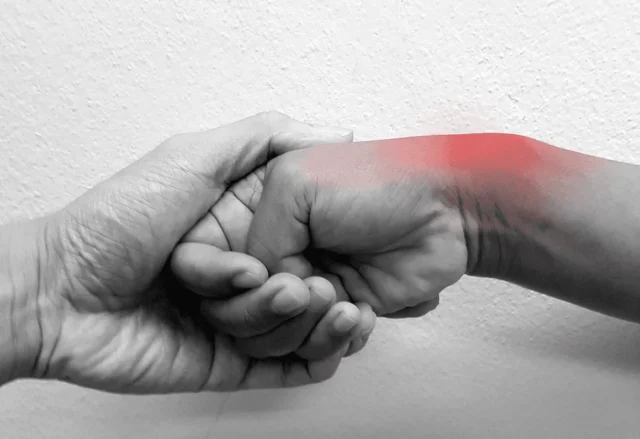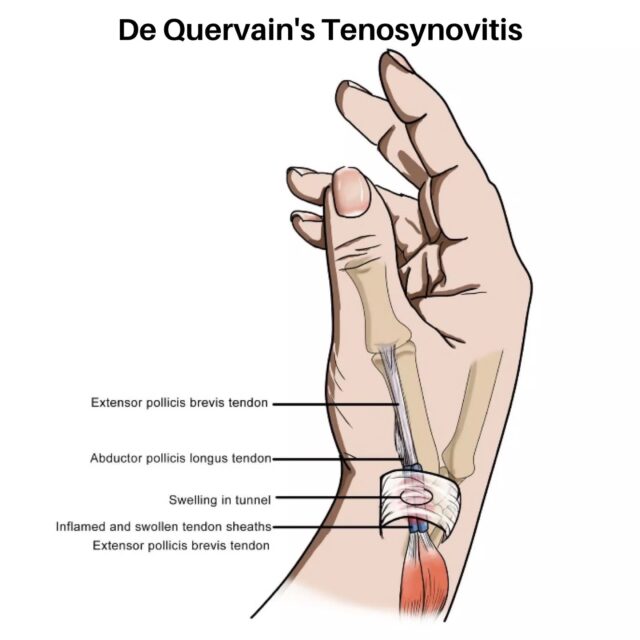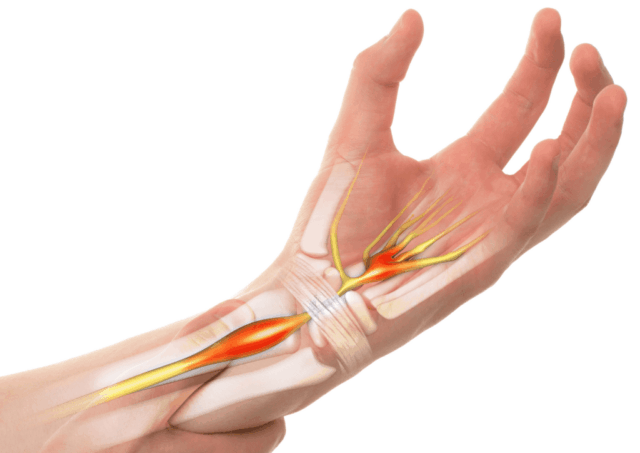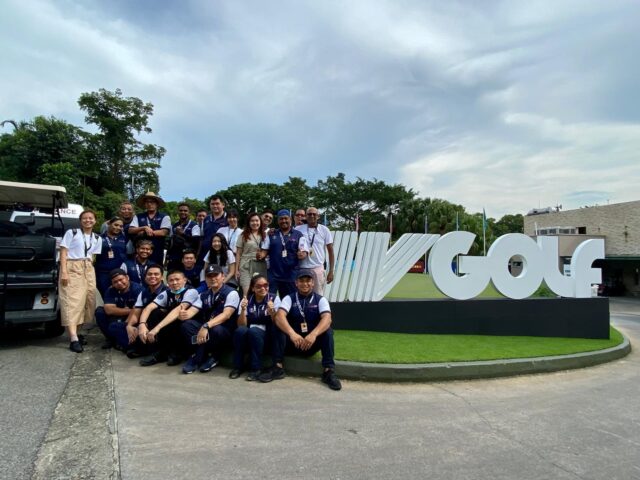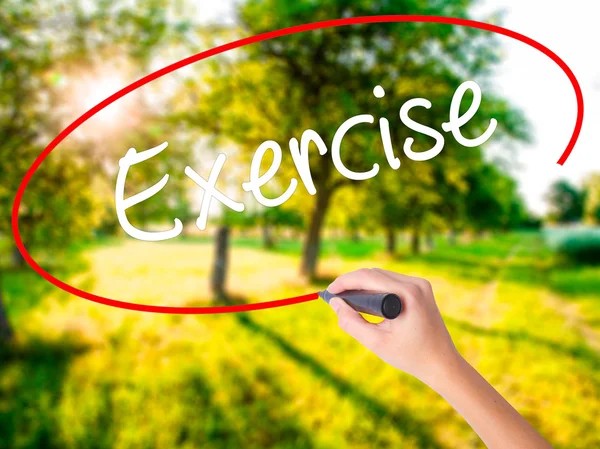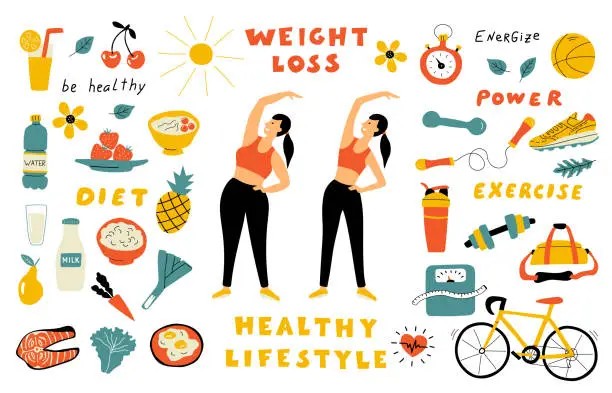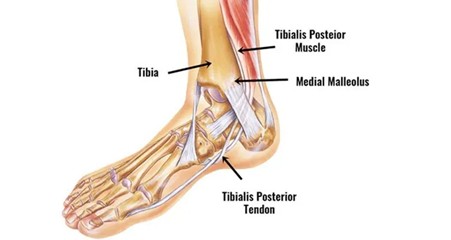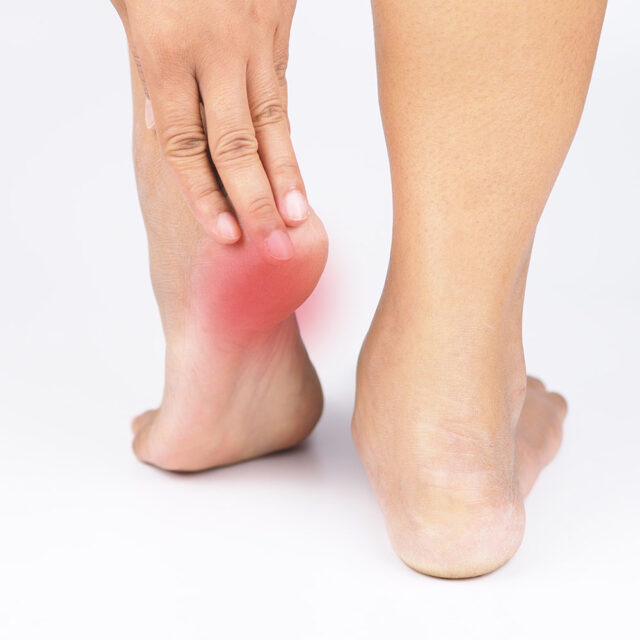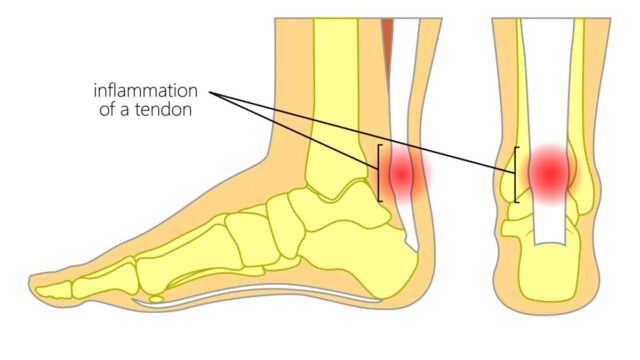Ganglions – Understanding, Causes, and Relief
Ganglions are common lumps or swellings that usually develop around joints or tendons, most often in the hands or wrists. While they can sometimes be painless, many people seek medical attention because of discomfort, limited movement, or cosmetic concerns. Dr. Dinesh offers clear diagnosis and safe, non-surgical options for managing ganglions, helping patients make informed choices about their care.
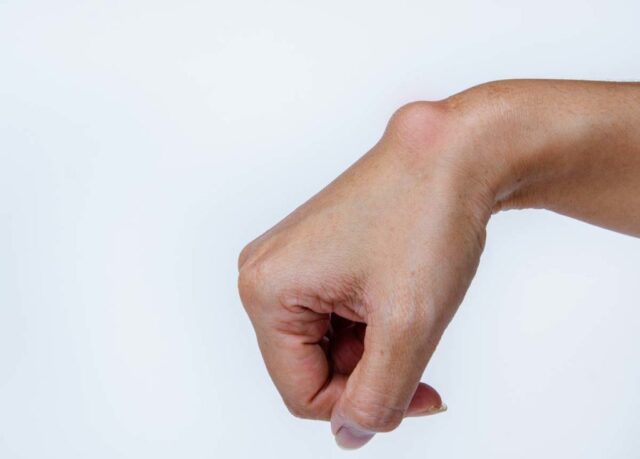
Why Do People Experience Ganglions?
Ganglions can appear suddenly or develop gradually over time. They often occur in active individuals, but they can also develop without any obvious cause. For example, a young office worker might notice a small lump on the wrist after weeks of heavy computer use. A sports enthusiast could develop one after repeated strain from racquet sports. Even those without repetitive activities may find ganglions forming unexpectedly.
These lumps are usually filled with a thick, jelly-like fluid, similar to the fluid that lubricates joints. Although they are generally harmless, some ganglions can press on nearby nerves, leading to discomfort or tingling sensations.
What Causes Ganglions and What Are the Symptoms?
Causes of Ganglions:
- Repetitive joint or tendon strain from daily activities or sports
- Previous injuries to the joint or tendon
- Irritation or degeneration of the joint capsule or tendon sheath
- Sometimes, no clear cause at all
Ganglions most commonly appear on:
- The back of the wrist (dorsal ganglion)
- The palm side of the wrist (volar ganglion)
- The base of the fingers
- The top of the foot or ankle
Common Symptoms:
- A visible lump or swelling near a joint or tendon
- Mild to moderate pain, especially with movement
- Tingling or numbness if the lump presses on nerves
- Joint stiffness or reduced range of motion
- Fluctuating size of the lump – it may become larger or smaller over time
How Do You Relieve Ganglions?
Relief for ganglions depends on their size, symptoms, and how they affect daily activities. Some ganglions disappear on their own without treatment, but others may persist or grow. Dr. Dinesh uses a step-by-step approach that prioritises patient comfort and safety.
Non-Surgical Options May Include:
- Observation & Monitoring – For painless ganglions that do not restrict movement.
- Activity Modification – Adjusting activities to reduce strain on the affected joint.
- Splinting or Bracing – Providing support to reduce movement and allow healing.
- Safe Fluid Aspiration – Removing the fluid inside the ganglion with a needle in a sterile clinic setting.
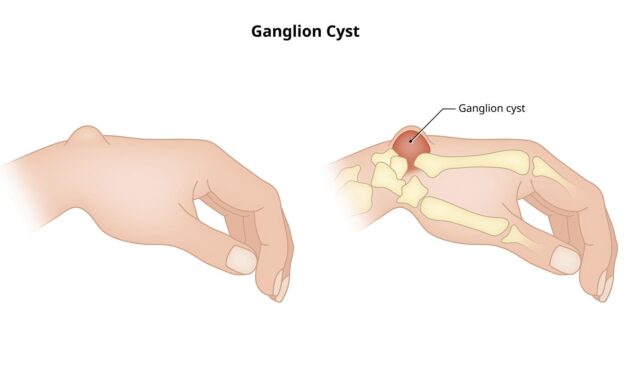
If the ganglion causes persistent pain, limits daily function, or returns after aspiration, Dr. Dinesh can discuss further options, ensuring patients understand the risks and benefits before proceeding.
Why Choose Dr. Dinesh for Ganglion Care?
- Trusted Orthopaedic Expertise – Over a decade of experience in sports and joint conditions.
- Patient-Centred Care – Clear explanations and personalised treatment plans.
- Non-Surgical First Approach – Emphasis on safe, effective relief without unnecessary procedures.
- Convenient Location in Singapore – Easily accessible for follow-up care and monitoring.
Don’t Ignore Wrist or Joint Lumps
While many ganglions are harmless, they can sometimes signal underlying joint or tendon issues. Early assessment ensures you understand your condition and your options. If you have noticed a lump that is causing discomfort or affecting your movement, it’s best to seek professional advice.
Book an appointment with Dr. Dinesh today to discuss your symptoms and find the safest, most effective way to manage ganglions. Early care can help you return to your normal activities with confidence.

